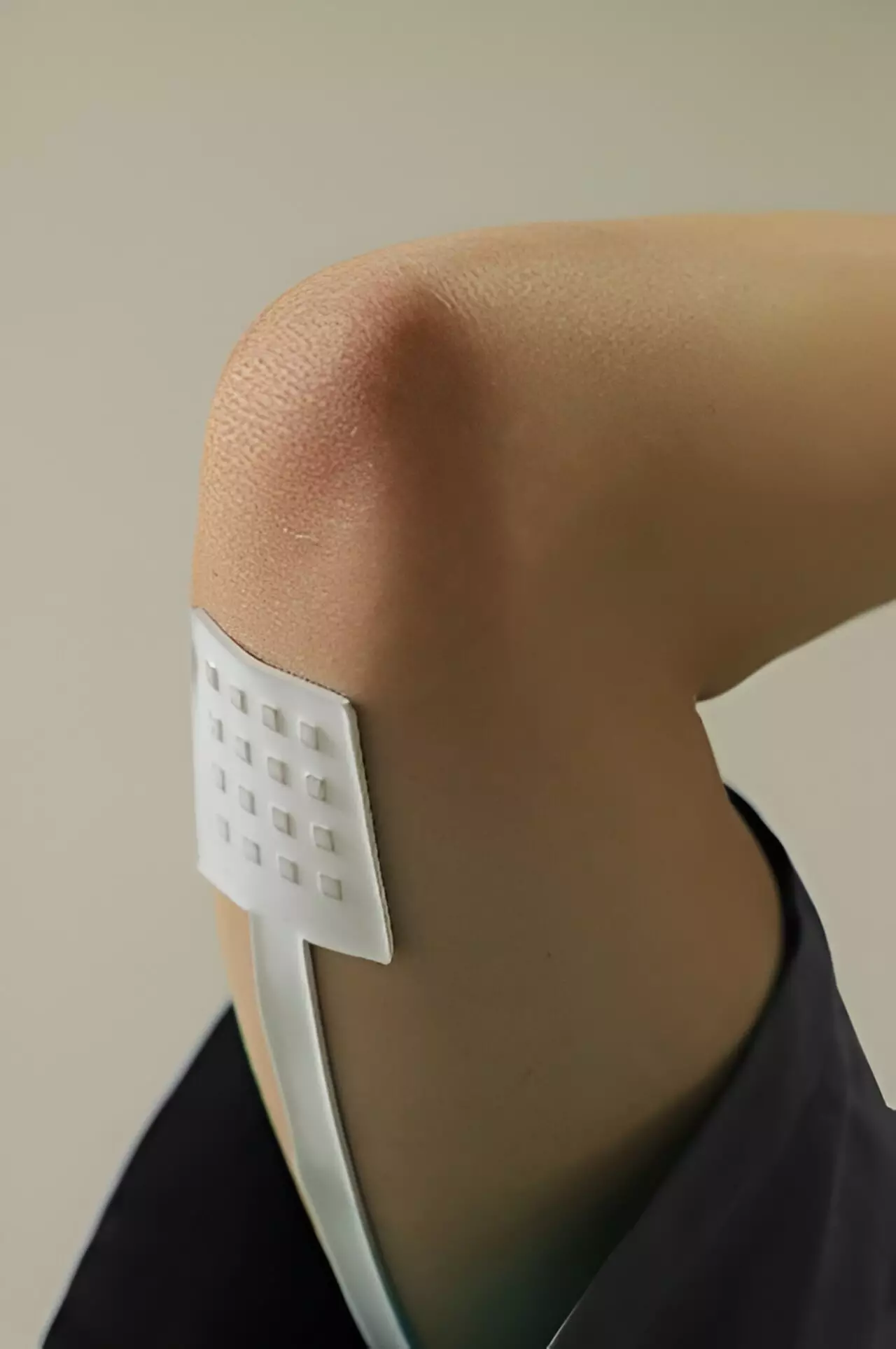The realm of flexible tactile sensors is on the brink of a major revolution, thanks to recent research conducted by the innovative minds at Peking University. This groundbreaking study, published in Science Advances, introduces a new era of tactile sensors that can seamlessly adhere to the surface of the skin, offering customizable detection of biomechanical signals from various parts of the body. The supermaterial of fiction is gradually transitioning into reality, opening up a world of possibilities for various industries.
At the core of this technological advancement lies the development of 3D micro strain gauges, which serve as the sensing units in these flexible tactile sensors. Han Mengdi, the corresponding author of the research paper, explains that by transforming planar strain gauges into 3D forms through a process compatible with lithographic techniques, the sensing capabilities are significantly enhanced. This innovative approach allows for high-density mapping of pressure, wireless monitoring of biomechanical signals, and decoupled measurement of temperature, normal force, and shear force.
One of the key highlights of this research is the ability to customize the performance of sensors quickly and efficiently. Using the processing technology of 3D micro strain gauges, researchers can adjust the shape of the microstructure, the thickness of each layer of thin film, and the thickness of the encapsulating polymer to alter the sensitivity and other properties of the tactile sensor. This flexibility paves the way for the creation of tailored sensors that cater to specific needs and requirements.
Each flexible sensor comprises four 3D micro strain gauges oriented orthogonally, allowing for precise decoupling of normal force and shear force to determine the direction and magnitude of external forces. Additionally, the sensors incorporate a temperature sensing module, enhancing their overall functionality. The integration of an anti-crosstalk circuit further supports the spatiotemporal mapping of normal and shear forces at the skin interface, utilizing an array of 3D micro strain gauges.
The compatibility of these 3D micro strain gauges with both microelectronics and macroelectronics opens up a plethora of opportunities for potential applications across a wide range of industries. From robotics to biomedicine and consumer electronics, these innovative sensors have the potential to revolutionize the way we interact with technology and gather biomechanical data. This technological advancement not only enhances the sensing performance of flexible tactile sensors but also presents new integration solutions, signaling a shift towards a future filled with possibilities in the realm of microelectronics and microelectronics.
The development of flexible tactile sensors utilizing 3D micro strain gauges represents a significant step forward in the field of biomechanical signal detection. By combining cutting-edge technology with innovative design solutions, researchers are paving the way for a new era of customizable and adaptable sensors that have the potential to impact various industries. The future of flexible tactile sensors looks brighter than ever, with endless possibilities on the horizon.

